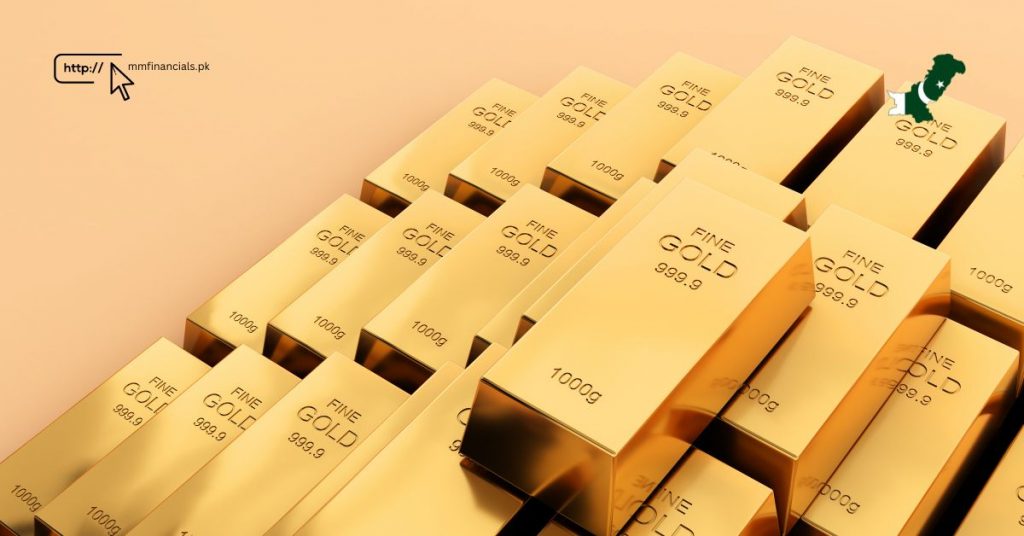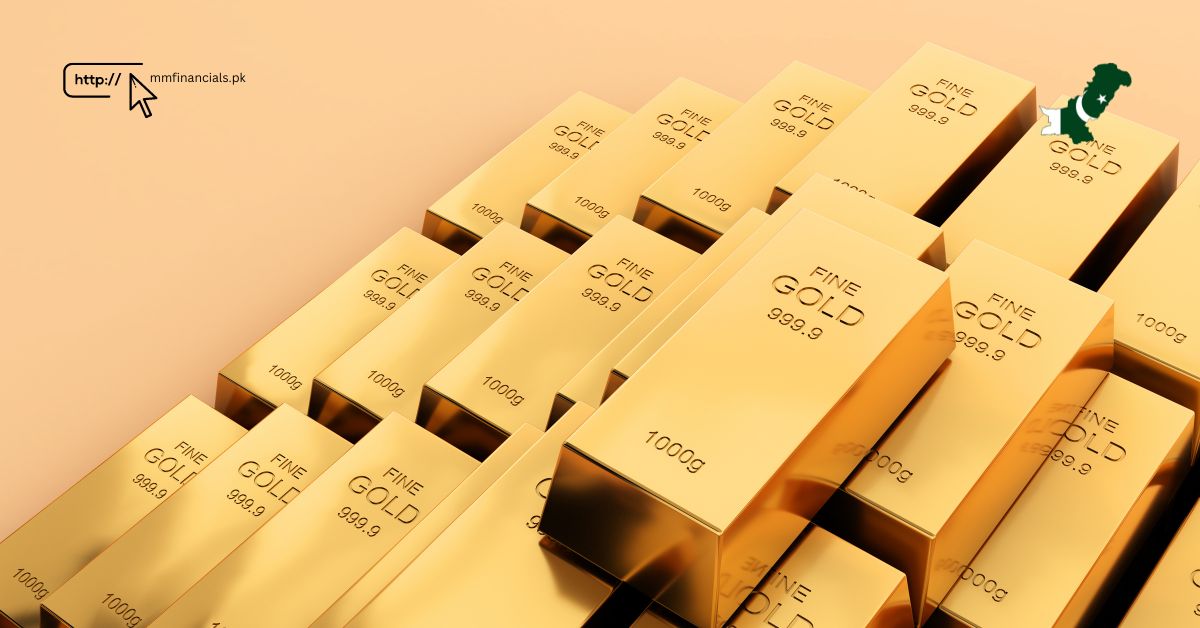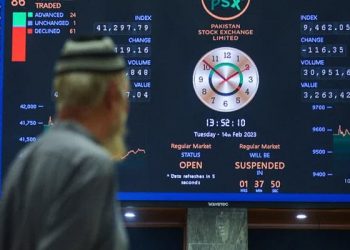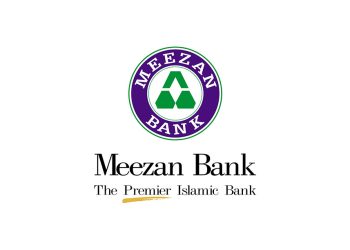In a notable shift, the per tola price of 24 karat gold witnessed a downward trajectory, slipping by Rs 800 to stand at Rs. 239,200 on Wednesday, as reported by the All Sindh Sarafa Jewellers Association. This marked a notable decline from its previous value of Rs. 240,000 on the last trading day. Similarly, the price of 10 grams of 24 karat gold also experienced a decrease, falling by Rs 686 to settle at Rs 205,075, down from Rs 205,761.
The trend extended to 22 karat gold as well, with the price of 10 grams declining to Rs 187,986 from Rs 188,615, showcasing a comparable downturn in this category.
Conversely, silver prices maintained stability, with both per tola and ten gram rates holding steady at Rs 2,620 and Rs 2,254.80, respectively.
These fluctuations in the local gold market resonated with the broader international trends. The price of gold in the global market saw a marginal decrease of $5, dropping to $2,312 from $2,317, according to the Association’s data.
GOLD PRICES CONSOLIDATE AMID DOLLAR STRENGTH AND GEOPOLITICAL TENSIONS
In Wednesday’s London session, the price of gold (XAU/USD) grappled with directionality, remaining ensconced within a narrow range just above the pivotal support level of $2,300.
Despite a robust rebound in the US Dollar, the precious metal managed a modest uptick of 0.10%. Typically, the allure of dollar-denominated gold wanes as the US Dollar gains strength. The resurgence of the US Dollar Index (DXY) to 105.50, fueled by a hawkish stance from Minneapolis Federal Reserve Bank President Neel Kashkari regarding interest rates, contributed to this narrative.
Kashkari’s remarks emphasized the necessity for sustained positive inflation indicators to instill confidence in the trajectory towards the Federal Reserve’s targeted inflation rate of 2%. He advocated for maintaining interest rates at current levels throughout the year, citing a stagnant disinflation process amidst a robust housing market.
Meanwhile, geopolitical tensions in the Middle East, particularly the lack of progress towards a ceasefire between Israel and Palestine, buoyed support for gold prices. Israel’s intentions to expand military operations to Rafah, a region in southern Gaza, further escalated tensions. The absence of consensus on a ceasefire proposal, with Israel rejecting an agreement reached by Palestine, dimmed hopes for immediate de-escalation.
Historically, escalating geopolitical uncertainties tend to bolster demand for safe-haven assets like gold, reflecting investors’ risk-averse sentiments amid geopolitical turbulence.
GOLD TECHNICAL ANALYSIS: CONSOLIDATION AMIDST MARKET INDECISION
Over the past week, the price of gold has demonstrated a range-bound behavior, fluctuating within the $2,280 to $2,330 zone. This prolonged period of sideways movement reflects a sense of indecision prevailing among market participants.
A notable feature of this consolidation phase is the close adherence of the gold price to the 20-period Exponential Moving Average (EMA) situated around $2,314.60. This suggests a tight clustering of price action around this key moving average, indicating a phase of consolidation and potential accumulation before a decisive move.
In addition to the EMA, the 14-period Relative Strength Index (RSI) offers insights into market dynamics. With the RSI oscillating within the 40.00 to 60.00 range, there is evidence of sharp volatility contraction. This implies a reduction in the amplitude of price swings, often preceding a breakout or breakdown from the consolidation phase.
As gold remains range-bound and closely tethered to the 20-period EMA, traders are likely monitoring key support and resistance levels within the range. Breakouts above the upper boundary of $2,330 or below the lower boundary of $2,280 could signal the resumption of a trend, providing trading opportunities for market participants.
Given the current technical setup characterized by consolidation and volatility contraction, traders should exercise caution and remain vigilant for potential breakout signals, which could offer profitable trading opportunities in the near term.



















